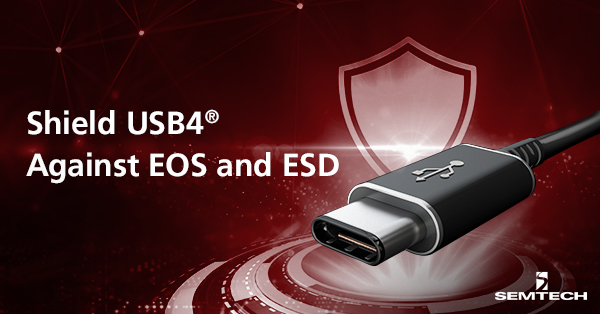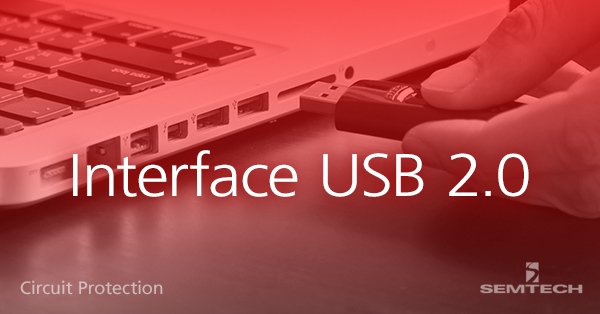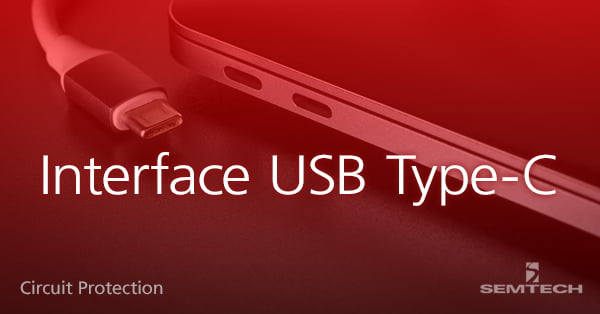Since its initiation in the early 20th century, the automotive industry has evolved significantly, adopting many innovations, changes and adaptations. Modern cars feature sophisticated capabilities such as the backup camera, a full-featured infotainment system, smartphone docks, GPS navigation, Bluetooth connectivity, and several other advanced features. Not only that, some of the recent car models are capable of autonomous driving, forward and rear collision detection, and autonomous parking. It is easily imaginable that the numbers of electronic components used in a vehicle are proliferating. At the same time, the requirement for miniaturization of the electronic components is becoming critical to make space for new components.
The semiconductor industry is producing leadless packages of integrated circuits (ICs) to make room for the enormous number of electronic components and meet modern-day vehicles' safety and reliability requirements. A big challenge is the lack of visibility of the solder joints on the printed circuit boards (PCBs) during the post package assembly process. The connections are beneath the package and are not visible from the top and the side. So you cannot say for sure if the IC is adequately bonded to the PCB or not. Original equipment manufacturers (OEMs) have been using X-ray machines to detect unreliable solder joints. It is expensive and time-consuming to do so.
Moreover, this has not proven effective with multilayer boards or boards with complex layouts and routing procedures. Each vehicle PCB has to go through a strict automatic visual inspection (AVI) post assembly to comply with safety and reliability standards. The goal is to ensure that every electrical joint is adequately soldered and connections are reliable.
Anindita Bhattacharya

Recent Posts
Tags: Circuit Protection, Automotive
One single connecting port's name that is ingrained in our life is Universal Serial Bus or USB in short. It doesn't matter if I am a tech-savvy person or a Luddite, I have to use USB in every aspect of my life. Forget about me; my mom, who doesn't even know it is called USB, uses this port several times a day to charge her mobile devices. USB became very popular due to its ease of use and fast data transfer rate. Within a little over two decades, almost all consumer electronics gadgets come with one or more USB interfaces, from laptops and cameras to smartphones and wearables. However, things have changed a lot since the introduction. USB specification has evolved over 25 years from USB 1.0 in 1996 to the most recent version, USB4®. Figure 1 below shows the evolution of USB standards with the corresponding data transmission rates.
Tags: Circuit Protection
What Is IO-Link?
Motor vehicles have gone through much progress since their inception. Modern cars include autonomous and semi-autonomous driving, anti-lock braking systems, electric power steering, forward and rear collision warning, lane assistant, autonomous parking assistant, and automatic emergency braking. Advanced features such as GPS navigation, interior mood lighting, surround-view camera, advanced infotainment system, active antenna are standard in most modern vehicles.
Tags: Circuit Protection, Automotive
A spectacular light show using 3,051 Unmanned Aerial Vehicles (UAVs), or drones, went viral in September 2020, breaking the world record for the most simultaneous airborne UAVs. Not only are drones providing dramatic light shows, but drones are emerging in many useful applications. Industrial manufacturing inspection, agricultural crop inspection, construction site inspection, search and rescue operation, real estate photography, and forest fire management are some examples where drones are utilized and provide invaluable services to humanity.

Tags: Circuit Protection
During the ongoing Coronavirus pandemic when we are mostly confined to our homes, we are spending an increased amount of time in front of screens. This includes attending online meetings, taking video calls, playing video games, watching television, and also working longer hours on our computers. A high quality audiovisual (AV) experience is a must these days and thanks to the high definition digital displays and high definition multimedia interfaces (HDMI), we are able to experience high speed, high resolution AV with higher pixel depths and greater aspect ratios.
Tags: Circuit Protection
Two decades ago, communication between a host computer and other devices was a complex and difficult task. The Universal Serial Bus (USB) was developed by a group of companies in 1994 to replace the multiple slow buses with a single bus that could exchange data between the host system and the peripherals. Following its release, USB quickly became very popular due to its ease of use and fast data transfer rate. Fast forward a little over two decades, all consumer electronic devices now come with integrated USB interfaces. The USB interface has evolved a lot to support modern demands of very high speed communication with host devices and their innovative features. Since its introduction, the USB specification has progressed as USB1.1, USB 2.0, USB 3.0, USB 3.1, USB 3.2 (Gen 1, Gen 2, Gen 2x2), USB Type-C supporting Thunderbolt, HDMI and DisplayPort via special modes, and finally, towards USB 4.

Tags: Circuit Protection
Imagine this common scenario: not having a spare Universal Serial Bus (USB) port on your computer. All your personal devices are connected. On most days, I carry a mobile phone, smart watch, wireless headset, and a Wi-Fi adapter – all of which can only be charged via a USB port. When I need to back up files on my computer, I often use a USB flash drive. When charging devices in the car, I use standard USB ports. USB is everywhere! It is so ingrained into our daily lives that it is a part of our every digital experience.
Tags: Circuit Protection
This is the second blog in a two-part series about ESD protection of OBD-II ports. Read the first part here.
Tags: Circuit Protection
Think about a situation when you ordered merchandise online and you were eagerly expecting this package. Each day you watched through your window for the delivery truck to arrive, but unfortunately, it ended up arriving later than expected. In such a case, you would have benefited from a tracking system via your phone or computer. Then, you could know exactly when your package would arrive. Or think about another situation, when your child is picked up from school by the after-school service provider and you wonder if he or she has reached the destination safely. If there was an option to track the vehicle through your phone during your child’s journey it would be very useful.
Tags: Circuit Protection, ESG











